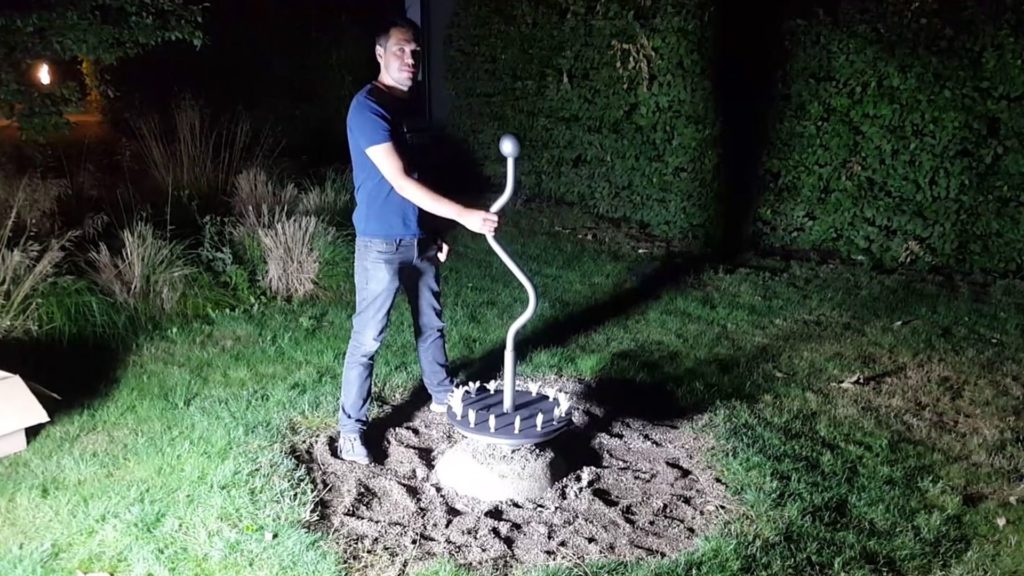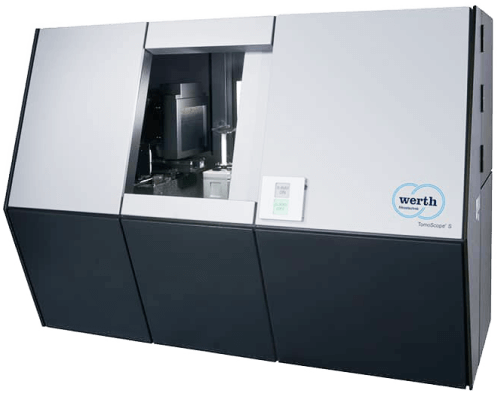What is a Zoetrope?
The zoetrope is an old invention used for creating the illusion of moving pictures. This illusion of
motion is created by playing back several single frames in rapid succession. When the zoetrope
rotates, and you look through its slits—the illusion of motion is created. You might remember a
similar effect from school. On every page of a notepad, you painted a stick figure in a slightly
different position. When you quickly leafed through the notepad, you got the illusion of a moving
stick figure.

How does a 3D Zoetrope work?
The concept of creating a 3D zoetrope is simple. The 3D-printed objects (in this case, flowers) are
placed on a round plate. On the outer rim of the plate, lilies in different stages of bloom are
arranged. The lilies show a sequence, from closed to full bloom.

If we turn the plate and light it with a stroboscope, it looks like 15 lilies open and close
simultaneously.

Step 1: Deciding on the right object
The first step was deciding what kind of object we wanted to animate. We experimented with
different flowers—including roses and sunflowers—before we decided on a lily. The number of
petals was the deciding factor. The lily, with only six petals, is much easier to animate compared to
other flowers.

Step 2: 3D scan of the blossoming flowers
We put a closed lily on a table and waited for it to blossom. During the 20 hours it took for the lily to
blossom, we made a series of eight 3D scans using the photogrammetry 3D scanning technique.
These 3D scans formed the basis for the creation of the 3D animation.

Step 3: Creating the 3D animation
With 3D animation software, we reconstructed the flower’s opening and closing phases. In the end,
we had a 3D animation running in a loop to show the full process. From this animation, we exported
15 different 3D models. We 3D-printed these flower models and arranged them on a round plate.

Step 4: At night on the playground with the carousel
After we mounted the lilies’ 3D prints on a plate, we needed a device to rotate them. At night on the
playground, we put the plate on a merry-go-round and lit it with a stroboscope. By synchronizing the
strobe light with the merry-go-round’s rotation speed, we created the illusion of opening and closing
lilies.

Conclusion
The Carousel worked, and we created the illusion of opening and closing lilies. Next time we must
place the flowers more precisely on the round plate, producing an even more convincing illusion of
motion.
Do you need 3d scan for your project?
Holocreators offers professional 3D-scanning and reverse engineering services. This project was 3D
scanned with photogrammetry. However, we offer a full range of different 3D scanning techniques.
We would love to help you with your project. Feel free to get in touch with us. Just give us a call at +49 40 481133 or send us an email: info@holocreators.com













